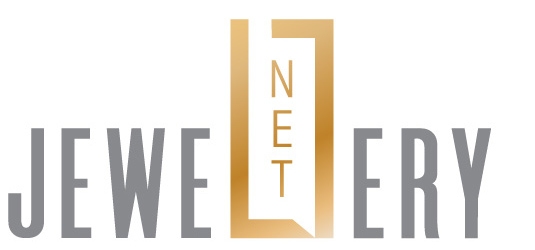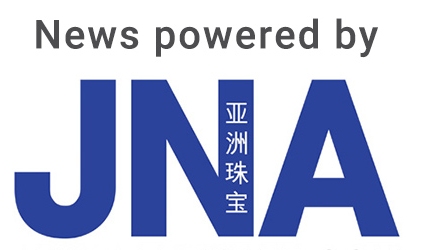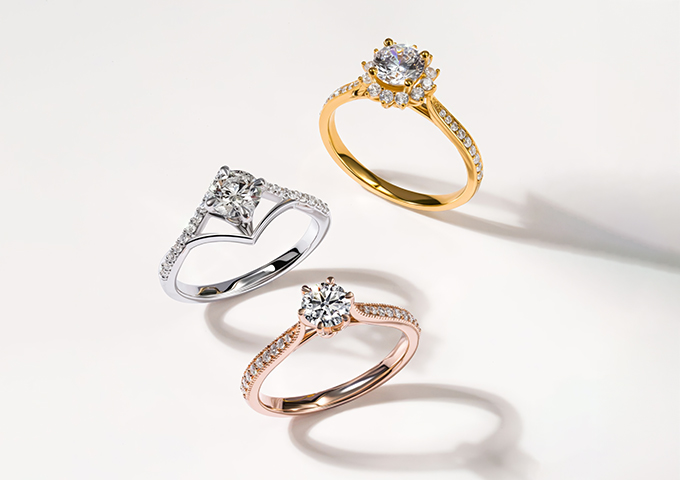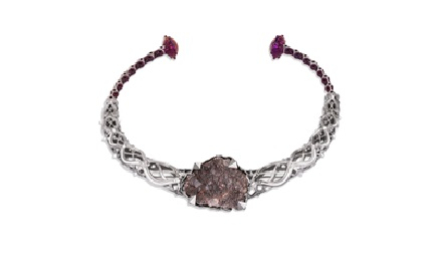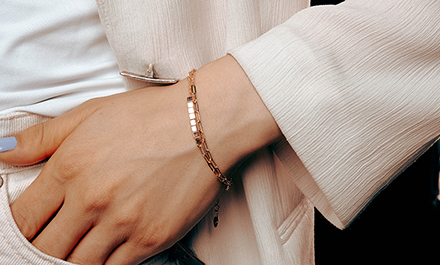China’s gold and platinum jewellery industry is poised to recover in 2025 on the back of product and design innovations amid geopolitical uncertainties and new US economic policies.
Platinum resurgence
Gold prices reaching unprecedented levels – up 28 per cent as of November 2024 – reignited enthusiasm for platinum jewellery as price-sensitive consumers seek more affordable alternatives, revealed data from the latest Platinum Quarterly report of the World Platinum Investment Council (WPIC).
According to the Q3 2024 research, platinum jewellery demand will continue to move beyond the trough of 2023, with a second consecutive year of growth forecast for 2025, driven by a surge in US and Indian jewellery fabrication.
Meanwhile, demand for platinum jewellery in China, which is a key market for platinum group metals, plunged 79 per cent in 2023 from a peak of around 2 million troy ounces in 2014 .
The slowdown persisted in 2024 due to weak consumer spending amid domestic economic uncertainties. However, some level of recovery is expected in 2025, spurred by leading retailers replenishing stock and product innovations that appeal to a more diverse demographics, including menswear and unisex designs, according to the report.
“To stimulate demand, it is crucial that we push the boundaries of product innovation to ensure our offerings resonate with the needs of consumers. Given that platinum jewellery is behind other categories in terms of product variety and designs, it is imperative for business to ramp up investment in product development,” said Zheng Feng, deputy general manager of China National Arts & Crafts (Group) Corp, at the China Platinum Group Metal Annual Conference held in Shenzhen on December 9, 2024.
Platinum jewellery is also viewed as an imported commodity in China, thus underscoring the need to “localise” platinum jewellery to fuel growth.
“We need to delve into and establish the cultural significance of platinum, blending the essence of platinum with traditional Chinese culture while staying attuned to the nuances of modern society, to captivate Chinese consumers,” Zheng explained.
While demand for jewellery is weak, WPIC reported a growing investment in platinum bars and coins in China, with a 17 per cent increase in demand for larger bars (500g and above) in 2024 compared to 2023.
The upcoming launch of platinum and palladium futures contracts by the Guangzhou Futures Exchange (GFEX) in early 2025 is expected to further boost platinum demand in industrial, jewellery, automotive and investment applications in China as they allow platinum users to manage lower price risks, said WPIC CEO Trevor Raymond.
Resilient gold
Despite positive signals in investment demand, the Chinese gold jewellery market experienced a notable decline in demand as consumers prioritised investments over luxury purchases.
Data from the World Gold Council (WGC) showed China’s gold jewellery demand totalled 373 tonnes during the first three quarters of 2024, marking the weakest level since 2010. In contrast, bar and coin investment over the same period (253 tonnes) reached its highest level in 11 years.
“The rallying local gold price has been a double-edged sword to China’s gold consumption in 2024,” noted WGC. “While the strong gold price performance, alongside slowing economic growth, has dented affordability for gold jewellery consumers; when combined with declining yields, a volatile equity market and a weaker local currency, it has attracted gold investors,” WGC explained.
During the China International Gold Market Annual Conference in Shenzhen on December 10, 2024, WGC's CEO David Tait highlighted the emergence of hard pure gold jewellery as a standout in China's gold jewellery sector in 2024, thanks to its modern designs and affordability appealing to younger generations.
“The new industry standard for hard pure gold jewellery has been recently announced by the Ministry of Industry and Information Technology of China for formal execution from May 1, 2025. This will help the industry stay on a sustainable growth path and attract more and younger consumers with contemporary aesthetics and designs,” Tait commented.
The gold jewellery sector will depend on innovative ideas and advancement to drive growth, he added.
Joseph Cavatoni, senior market strategist of WGC, North America, pointed out that the US monetary policy and its role in the geopolitical landscape will be crucial factors influencing the gold market in 2025.
“Political and administrative policies from the US is going to take the front seat again and probably be the biggest driving force behind global consumer behaviour around gold,” noted Cavatoni.
Meanwhile, Joni Teves, precious metal strategist of UBS, said strategic diversification and safe-haven flows, buying from central banks and the relative resilience of physical demand even at higher prices have all contributed to gold's resilient prices. Teves also anticipated a sustained gold rally leading to new record highs in 2025, with an average forecast of US$2,800 per ounce and year-end target of US$2,900 per ounce.
“We do not think gold is expensive. Despite how expensive it is to buy gold jewellery right now, we have seen through history that consumers do eventually acclimatise to higher prices,” said Teves.
